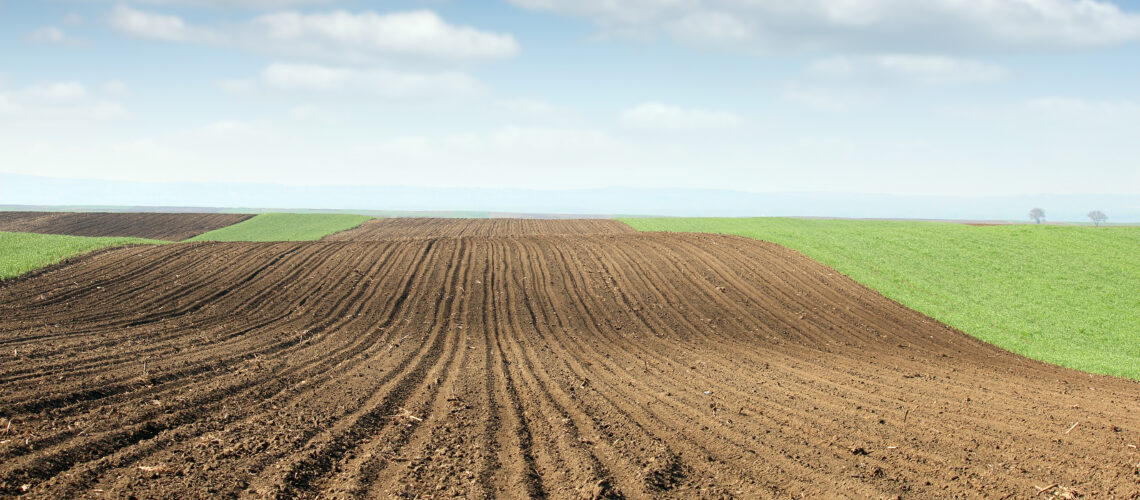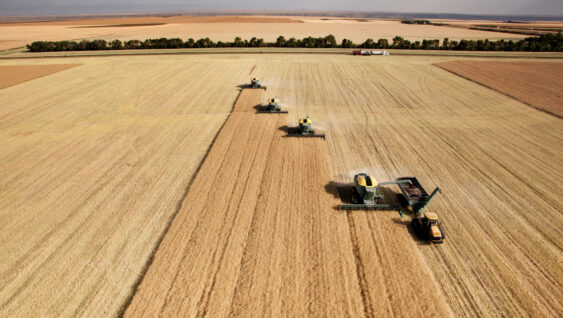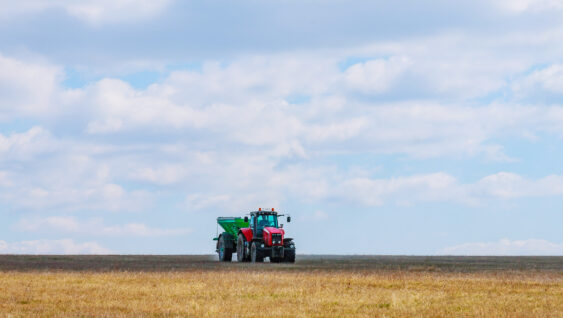Cristie Preston, Ph.D.

Cristie Preston, Ph.D.
Ph.D., CCA.
Agriculture has always been an integral part of Dr. Cristie Preston’s life. She grew up in southwest Virginia and had interest in crop and animal agriculture since an early age. Once she began college, she initially chose to study animal science but switched to soil science. Dr. Preston attributes her decision partly to an influential professor who told her, “You can’t understand animals until you understand what they eat.” She received a Bachelor of Science degree in animal science and a Master of Science degree in crop and soil environmental science from Virginia Tech. Dr. Preston holds a Ph.D. in agronomy, focusing on soil fertility from Kansas State University. While completing her advanced degrees, Dr. Preston conducted more than six years of field and lab research. Dr. Preston has experience in laboratory research measuring volatility loss from urea-based fertilizers. Her field research has focused on phosphorus availability and the interactions with tillage and placement. She also has extensive experience in working with large data sets and analysis. Her main priority is helping growers to identify yield-limiting factors and fix those issues as cost efficiently as possible. Dr. Cristie Preston has completed the Certified Crop Advisor (CCA) program.



